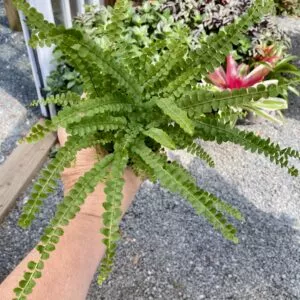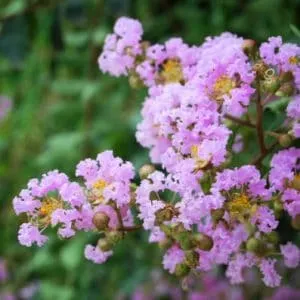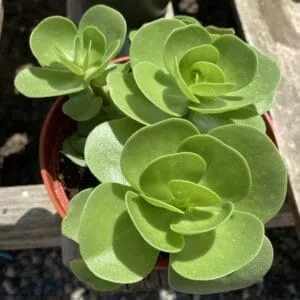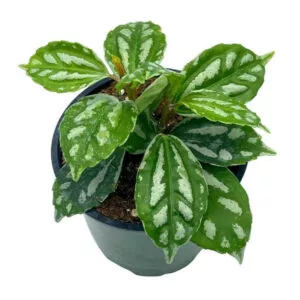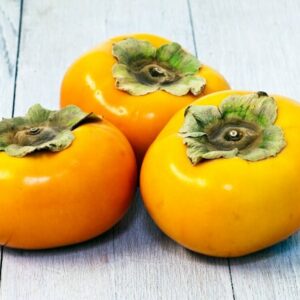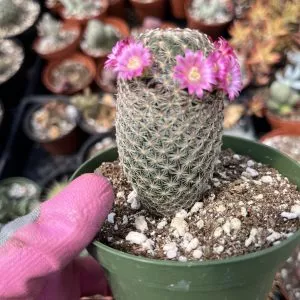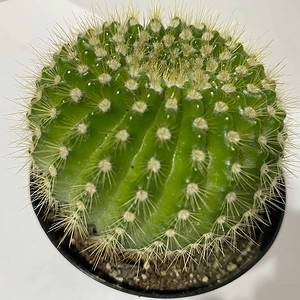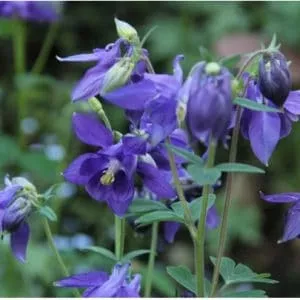No products in the cart.
Table of Contents
Did you know that Philodendron squamiferum is one of the parent species of the rare, crossbreed, evergreen Philodendron Florida ghost that everyone wants to get their hands on?
Philodendron Squamiferum is a climbing epiphyte, a tropical plant with red stems covered in tiny bristles, which is why it’s called “Red Bristle Philodendrons.”
Philodendron Squamiferum Care Table

Philodendron Squamiferum Care Basics
Ideal Soil Mixture
Philodendrons thrive in an airy, well-draining potting mix for optimal growth instead of compacted soil. A blend of orchid bark, perlite, peat moss, coco coir, and worm castings creates loose yet nutrient-rich conditions.
This soilless combination mimics the natural epiphytic environment that philodendrons are accustomed to in the wild. Achieving proper drainage and aeration encourages healthy roots and lush foliage.
If any of the above is hard to find in your area, use perlite added to your garden soil with other alternatives such as dried bark trees or branches. You might as well purchase a succulent mix and add more dried wood for a more lose mix.
Lighting
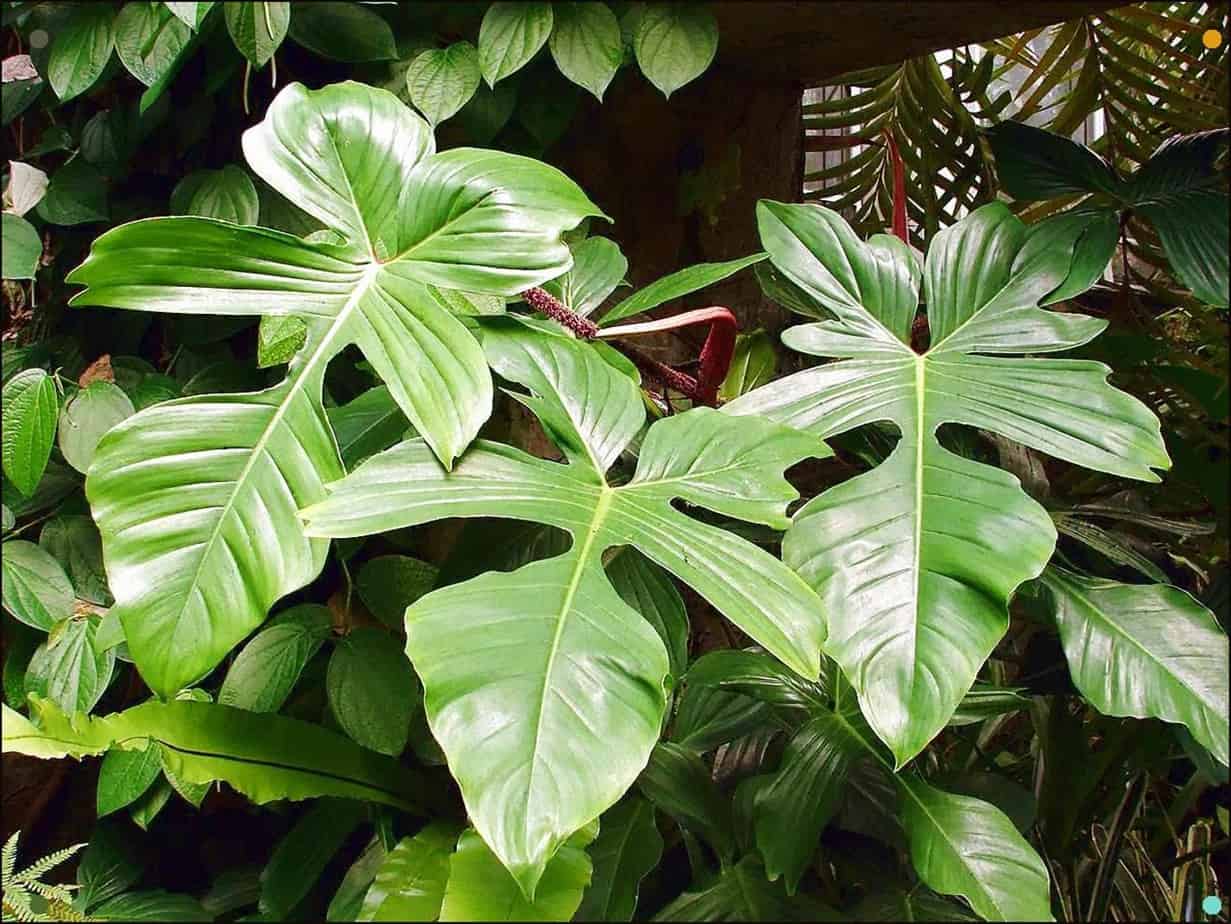
If you treat this hairy philodendron as an indoor plant, place it near a window with sheer curtains. Full spectrum grow light is only a remedy when you don’t have enough light in your home.
Only allow the right amount of artificial light based on your plant’s needs: bright indirect sunlight.
If you want them growing in your garden, ensure there are nearby trees or bigger plants where they can get shade.
-
$12.00Sold By: Smoot's Farm
In stock
Fern Lemon Button Nephrolepis Cordifolia Duffii 4″ Pot Live Plant
Rated 4.89 out of 5 based on 27 customer ratings00Sold By: Smoot's Farm -
$29.99Sold By: Carlo's Plant Farm
In stock
Crape Myrtle Muskogee | Lagerstroemia Indica
Rated 5.00 out of 5 based on 22 customer ratings03Sold By: Carlo's Plant Farm -
$28.99Sold By: Succulent Oasis
$35.00In stock
Succulent Plant Mature Sedum Sun Sparkler
Rated 4.84 out of 5 based on 352 customer ratings00Sold By: Succulent Oasis -
$12.99Sold By: BubbleBlooms
In stock
Watermelon Pilea Cadierei, Aluminum Plant, 4 inch
Only 84 available and it’s in 1 people’s basketRated 4.81 out of 5 based on 279 customer ratings00Sold By: BubbleBlooms
Watering Schedule
Almost all plants need constant soil moisture, except for Philodendron squamiferum. Frequent watering and continuous soil moisture are the final nails of their coffin. Allow the topsoil to be completely dried out before watering again.
You can stick your index finger down in the mix, and once the soil has dried, that’s your clue. Investing in a moisture meter is also a great way to check for moisture.
Lighter pots and drooping leaves indicate that it’s time for you to feed them.
Overwatering is a kiss of death for the Philodendron squamiferum for it can lead to root rot, allowing fungus gnats to take over.
Temperature & Humidity
Ideal temperatures are 50-77°F. To recreate the humid environment at home, use a humidifier and group plants together.

Philodendrons cannot tolerate cold temperatures, so bring them inside during the cold season. Also, never place your Philodendron squamiferum near an AC or a fan t will make their leaves droop and dormant.
Fertilizer
Philodendron squamiferum is a slow-growing plant and not a heavy feeder. Farming is unnecessary when grown in a garden with access to rainwater and decomposing plants and leaves around it. However, as in indoor potted plants, liquid organic fertilizer can help aid the growth of healthy and robust stems and roots.
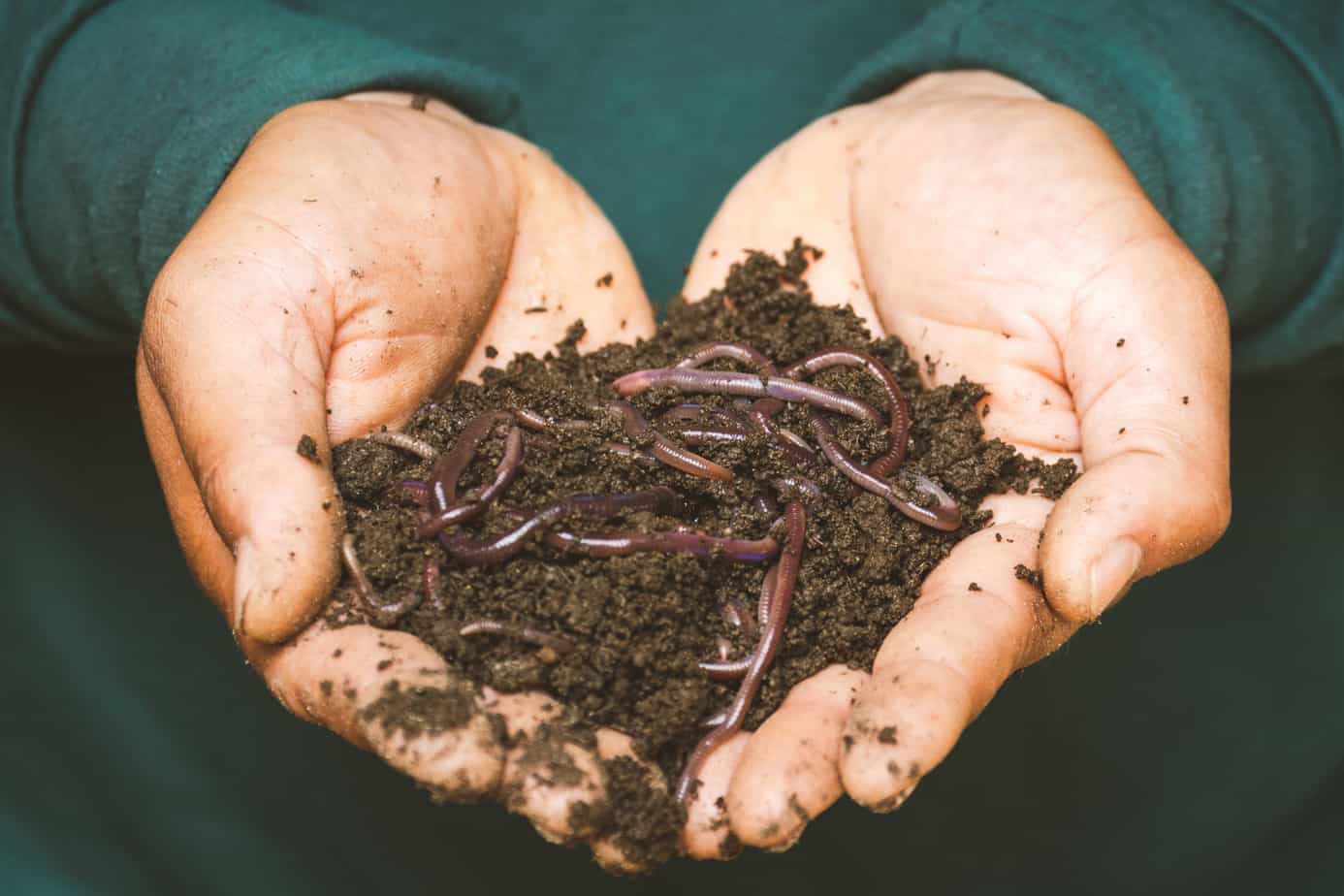
Research by Oregon State University shows overusing chemical fertilizers can harm plants and pollute soil and water due to high concentrations. When possible, choose organic or slow-release fertilizers over conventional types. This protects plants, soil quality, and the environment.
ALWAYS cut the feeding in half a dose IF synthetic fertilizer is the ONLY available feed you can get a hold of.
Propagation
Seed and stem cutting.
Seed propagation is a sure and steady way to grow them, but it takes a long time. Stem cutting is the most common method.
You can propagate new cuttings using distilled or tap water. Once you see new roots coming after 4-6 weeks, you can transfer them into a potting mix.
Another way to plant your cutting is to directly stick it in a moist pot with sphagnum moss or coco peat, with coco fiber, and add vermicast to the mix for an optimum start. Place the newly potted plant in bright, indirect light and consistently check the soil dampness.
Spring and summer are the best time to propagate this hairy philodendron.
-
$16.00Sold By: Beauties & Beasts
In stock
Cactus – Echinopsis chamaecereus (clumping)
Rated 4.83 out of 5 based on 24 customer ratings00Sold By: Beauties & Beasts -
$14.99Sold By: BubbleBlooms
In stock
Green Velvet, Alocasia Frydek, Micholitziana, 4 inch, live rooted potted rare succulent house plant
Only 99 available and it’s in 1 people’s basketRated 4.81 out of 5 based on 279 customer ratings01Sold By: BubbleBlooms -
Free Shipping$39.95Sold By: CKK PRODUCTS LLC
$49.95In stock
FUYU Persimmon seedlings – large size
Rated 5.00 out of 5 based on 1 customer rating00Sold By: CKK PRODUCTS LLC -
$14.99Sold By: BubbleBlooms
In stock
Blue Columnar Cactus, Pilosocereus pachycladus Cacti, Column cactus, tall blue torch cactus, in 2 inch square pot
Rated 4.81 out of 5 based on 279 customer ratings00Sold By: BubbleBlooms
Growth Zone

Most philodendron species are hardy when grown outdoors in USDA plant hardiness zones 9b to 11. However, they can thrive as houseplants in zones 4 through 11 if brought indoors during the colder months. To determine your zone, refer to the newly updated USDA plant hardiness zone map released in November 2023.
Generally, philodendrons should be moved inside before temperatures drop below 50 degrees Fahrenheit in your local area.
Potting and Pruning
Potting can occur after 3-4 years since squamiferum are slow growers. Prune dead and brown leaves, for they can invite pests and disease.
Philodendron Squamiferum Varieties and Similar Plants
Check these philodendron varieties you may already have in your collection.
Philodendron Pedatum
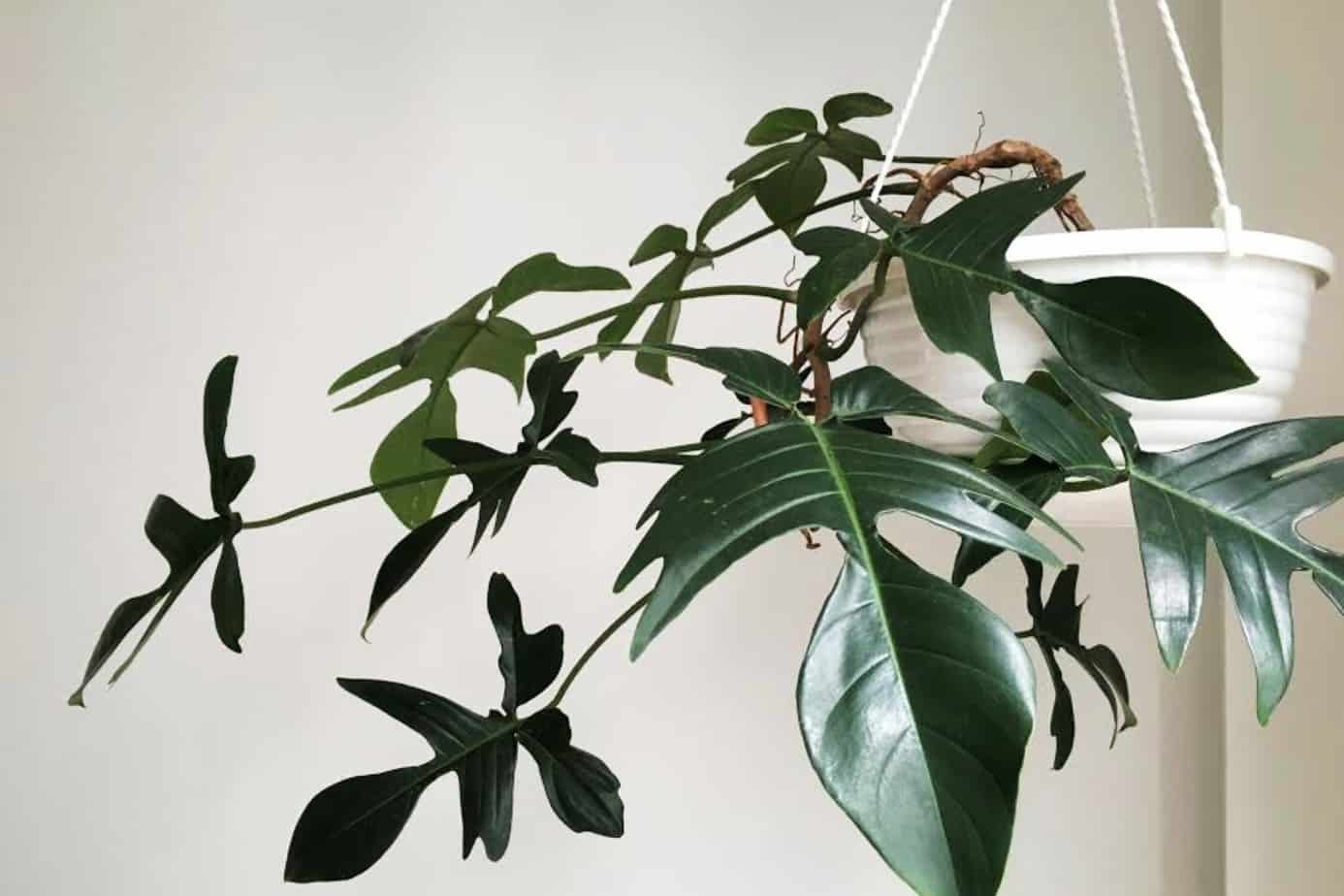
Philodendron pedatum and Philodendron squamiferum are the parent species of Philodendron Florida ghost that collectors and plant enthusiasts are into.
Taking a closer look, they have the same oak-shaped leaves with the same five lobes. Like any other alpha male quality, the biggest leaf ego title goes out to Philodendron pedatum when they mature.
Philodendron Florida Ghost

The princess of all oak-shaped Philodendrons.
This pretty and rare evergreen philodendron is a crossbreed between Philodendron squamiferum and Philodendron pedatum. The bragging rights go to this spoiled crossbreed.
Philodendron Bipennifolium
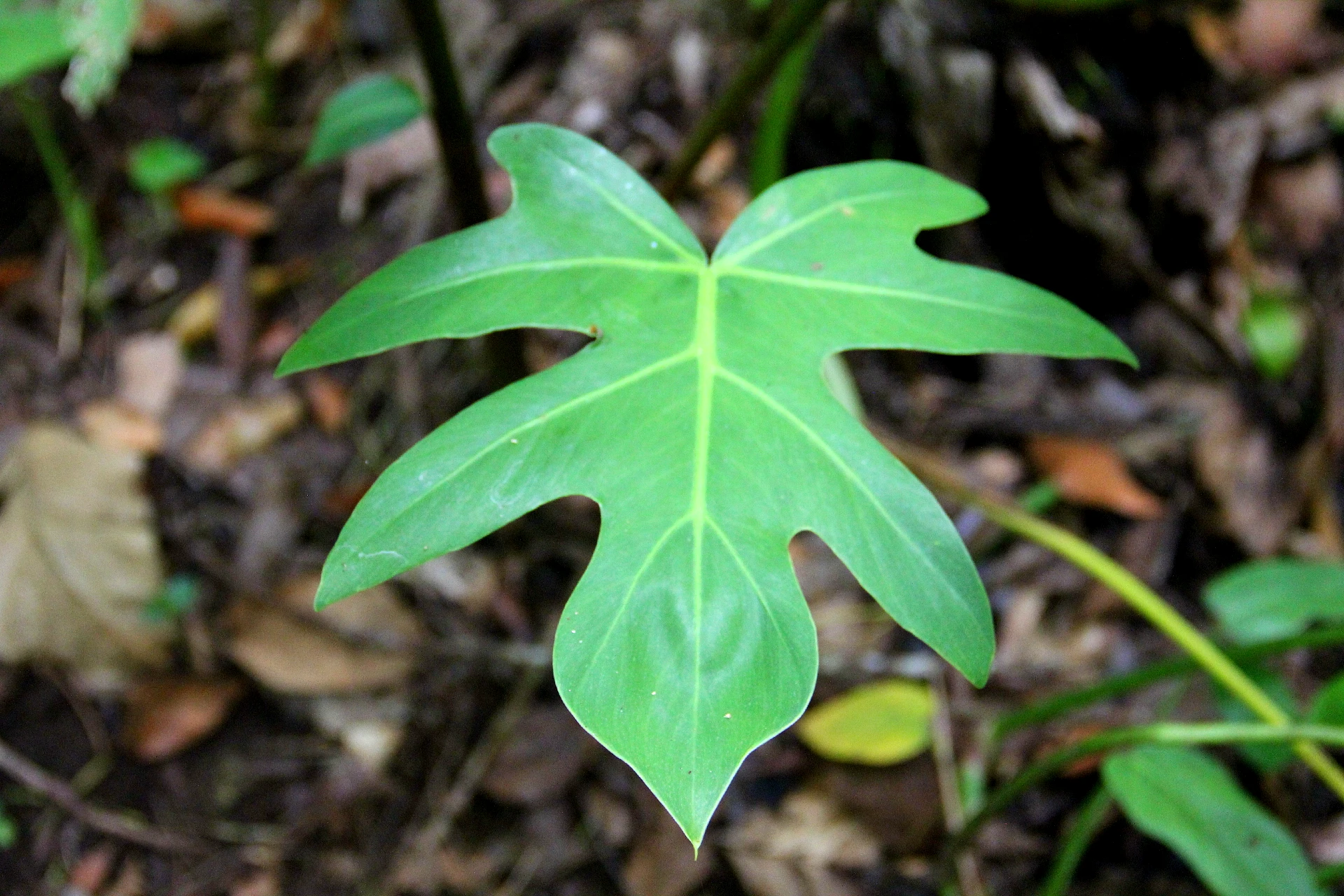
Philodendron bipennifolium, the Fiddle Leaf philodendron, is a tropical indoor plant with large, fiddle-shaped leaves.
Philodendron Squamiferum Pests & Troubleshooting
Among other aroids and philodendron plants, this is one of the few species that doesn’t need frequent watering. Overwatering can lead to root rot, while underwatering can also invite other pests.
Fungus gnats and root rot
This is caused by overwatering your plant. Poor drainage pots and overwatering can lead to the plant’s roots’ demise. Once the moist soil decomposes, it will be susceptible to bacterial and fungus attacks such as fungus gnats.
Once you suspect a possible rot, remove the plant from its potting media and wash it with clean water. After washing, spray ample apple cider vinegar to your plant’s roots and transfer it to a new potting mix with EXCELLENT DRAINAGE.
Spider mites
When you’re too careful about watering your squamiferum, which leads to underwatering them, the leaves get dry, leading to brown leaves, which invites spider mites to settle in. Clean the leaves with a damp cloth and check the soil for moisture.
Frequently Asked Questions
It used to be, due to its hairy nature and eccentric leaves structure. However, it has been used to crossbreed a new rare plant called Philodendron Florida ghost. Now the squamiferum plant is considered a common plant.
Philodendron squamiferum has red, hairy stems, with green to dark green foliage when they mature. While the Philodendron Florida ghost has evergreen leaves and is a crossbreed between squamiferum and pedatum philodendrons.
Although they have the same oak leaf structure, florida ghost is a cultivar of philodendron pedatum. Pedatum has smooth petioles compared to the rough petioles of the Florida ghost.
Philodendron squamiferum is a slow-grower. To support their growth, provide organic fertilizer on a monthly basis and ensure that the soil remains consistently moist.
Whether you want to buy, sell or simply reach out to other plant enthusiasts, Plantly is the right place to be!
-
$11.00Sold By: Cacti and Exotica
In stock
mammillaria matudae
Rated 4.98 out of 5 based on 59 customer ratings06Sold By: Cacti and Exotica -
$44.99Sold By: Carlo's Plant Farm
In stock
6 Aquilegia Alpina | Carlo`s Plant Farm
Rated 5.00 out of 5 based on 22 customer ratings09Sold By: Carlo's Plant Farm -
$12.99Sold By: Succulent Oasis
In stock
Medium Cactus Plant – Echinopsis Spachiana Cactus. A lime green, barrel cactus with an interesting spine pattern.
Rated 4.84 out of 5 based on 352 customer ratings01Sold By: Succulent Oasis -
$29.99Sold By: Carlo's Plant Farm
In stock
2 Aquilegia Alpina | Carlo`s Plant Farm
Rated 5.00 out of 5 based on 22 customer ratings00Sold By: Carlo's Plant Farm
